Do you have a question about the Siemens SIMATIC IPC377E and is the answer not in the manual?
Details the SIMATIC IPC377E, its compact design, ruggedness, and maintenance-free operation.
Illustrates front, side, rear, bottom, and top views, identifying key components and features.
Identifies and describes power, HDD status, on/off switch, power supply, audio, VGA, DisplayPort, serial, and USB/Ethernet interfaces.
Explains the meaning of PWR and HDD status displays and their LED indications.
Discusses Siemens' industrial security concept and customer responsibility for securing plants, systems, machines, and networks.
Covers life-threatening voltages, system expansions, fire risk, and the "Open Type" classification.
Warns about lithium battery risks and provides handling guidelines.
Explains electrostatic sensitive devices (ESD) and the need to observe the ESD guideline.
Guides on checking package, identifying the device, and preparing for installation.
Outlines allowed mounting orientations and associated ambient temperature limits.
Provides guidelines for installing the device, including warnings about dangerous voltage and fire risk.
Details procedure and positions for using mounting clips for IP65 protection.
Explains mounting using VESA100 interfaces and specifies torque requirements.
Covers notes on connecting, including fire/shock risks, function earth, power supply, and networks.
Provides initial commissioning requirements, warnings about burns, and notes on OS and memory cards.
Details step-by-step process for initial device startup, OS setup, and region/language settings.
Explains how to shut down the OS and fully disconnect the device from mains voltage safely.
Guides on configuring Windows Security Center features like Firewall, Antivirus, and Automatic Updates.
Describes available operator input options, including touch screen, screen keyboard, external keyboard, and mouse.
Introduces touch software and its calibration methods for touch screen accuracy.
Provides guidelines and warnings for operating the touch screen, including pressure types and calibration.
Recommends preventative replacement intervals for components like hard disk drives and CMOS batteries.
States that only qualified personnel should perform repairs and warns about unauthorized opening.
Covers procedures for installing and removing hardware components, starting with replacing the backup battery.
Details steps for reinstalling the operating system, including sources and procedures for restoring the delivery state.
Lists available approvals such as ISO 9001, CE marking, and FCC/Canada compliance.
Covers electromagnetic compatibility (EMC) requirements and guidelines for electrostatic sensitive devices (ESD).
Presents general specifications including weight, power supply, noise emission, degree of protection, and EMC.
Details climatic ambient conditions for operation, storage, and transport, including temperature and humidity.
Describes motherboard features, external interfaces (COM, USB, Ethernet, DisplayPort), and DC in connector.
| Type | Industrial PC |
|---|---|
| Ethernet | 2 x Gigabit Ethernet |
| USB | 4 x USB 3.0 |
| Power Supply | 24 V DC |
| Graphics | Intel HD Graphics |
| Storage | SSD or HDD |
| Operating System | Windows 10 |
| Serial Ports | 2 x RS232/RS422/RS485 |
| Video Output | DisplayPort |
| Operating Temperature | 0 to 50 °C |
| Expansion Slots | 1 x PCIe |
| Display | None (supports external display) |
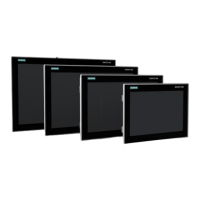
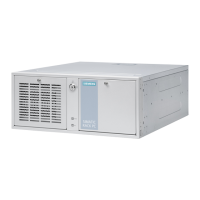
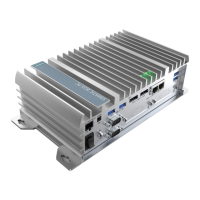
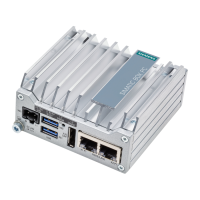
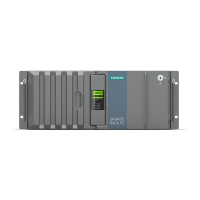
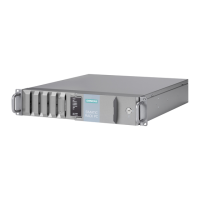
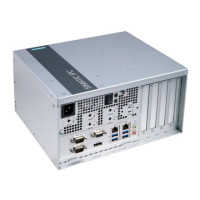
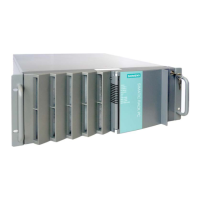
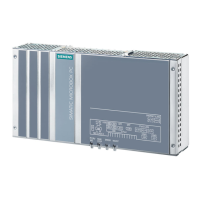
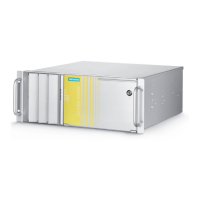

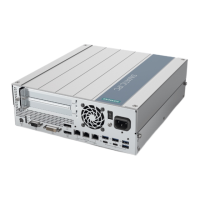
